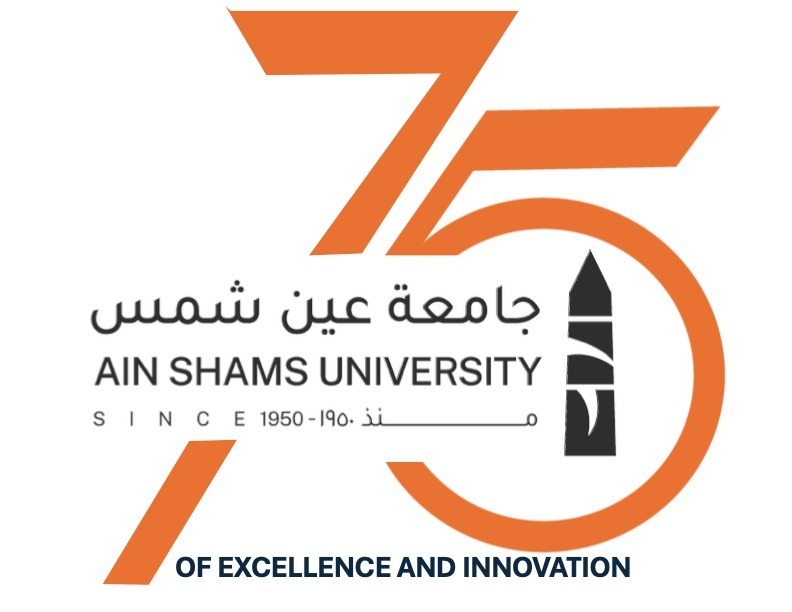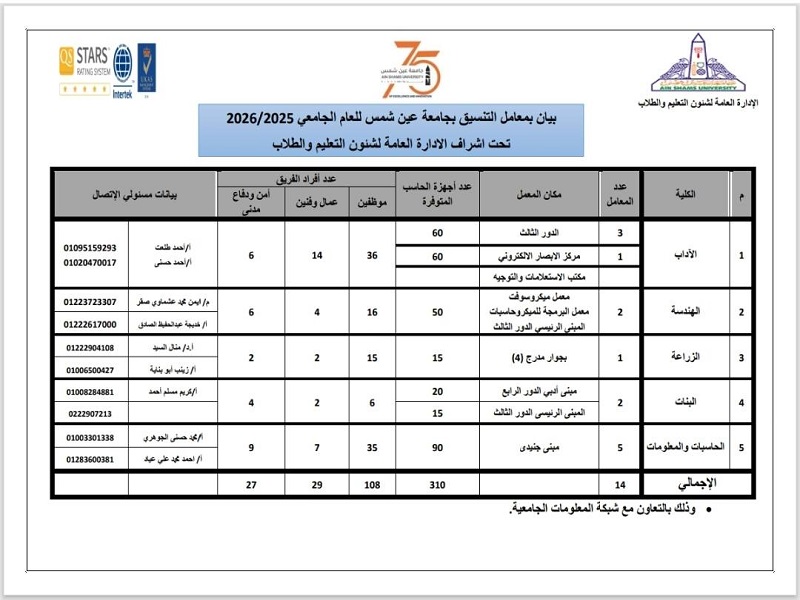Ain Shams University's coordination labs are preparing to receive first-phase students for the current academic year's coordination
Under the auspices of Prof. Mohamed Diaa Zain El-Abedeen, President of Ain Shams University, and under the supervision of the Education and Student Sector, General Administration of Education and Student Affairs, Ain Shams University Coordination Labs are preparing to receive high school students in both the scientific and literary sections, to conduct the first phase of electronic coordination for the new academic year 2025-2026. This will be conducted at its headquarters in the Faculties of Computer and Information Sciences and Arts on campus in Abbassia, the Faculty of Agriculture in Shubra El Kheima, the Faculty of Girls in Heliopolis, and the Faculty of Engineering in Abdo Pasha in Abbassia, in addition to the labs for students with special needs in the Faculties of Arts and Computer and Information Sciences.
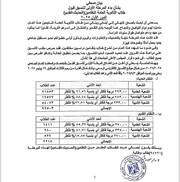 |
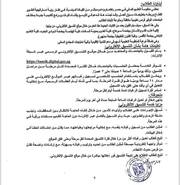 |
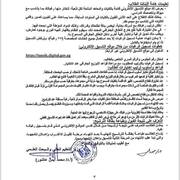 |
||
The President of Ain Shams University explained that the coordination labs will continue to operate throughout the coordination period, noting that they are fully equipped, housing more than 300 modern computers and staffed with specialized staff to provide students and parents with sufficient information without interfering with their wishes. They also include trained technicians to resolve any problems that may arise, whether with computers or the internet.
Prof. Mohamed Diaa Zain El-Abedeen, President of Ain Shams University, has directed the Education and Student Sector to be fully prepared and diligently monitored to ensure the success of the university's coordination labs, which will welcome high school students and their parents to register their preferences electronically. The sector will also provide the necessary facilities and logistical services until the completion of the coordination period at all levels across all labs on campus.
The Ministry of Higher Education and Scientific Research announced in a statement the minimum admission requirements for the first phase of coordination, as follows:
In the science stream, those who obtained a score of 293 or higher, representing 91.56% or higher, comprised 21,853 students.
For the engineering stream, the minimum admission requirements were 283 or higher, representing 88.44% or higher, comprising 16,577 students.
For the arts stream, the minimum admission requirements were set at 233 or higher, representing 72.81% or higher, comprising 54,073 students.


.svg)
